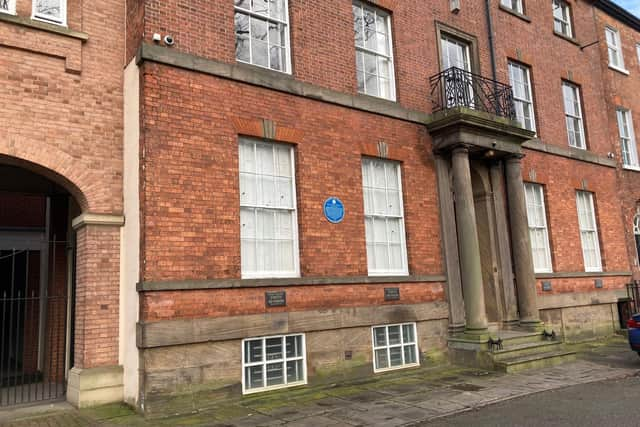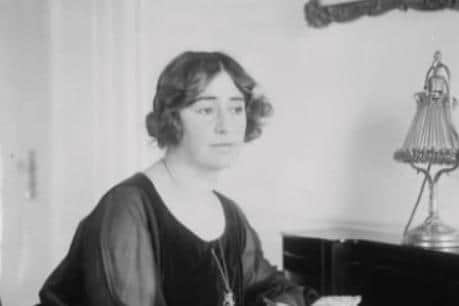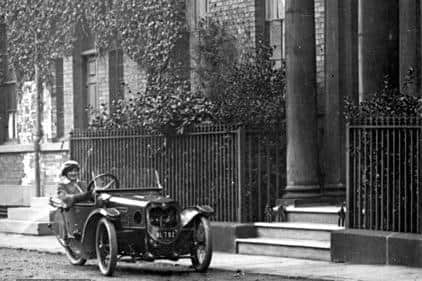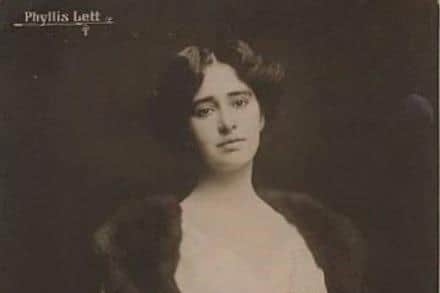Plan to transform listed building with links to celebrated Wakefield singer Phyllis Lett
and live on Freeview channel 276
Proposals include converting the property on South Parade, in Wakefield city centre, from offices back into a residential property.
Built in the early 1800s, South Parade was the city’s first Georgian Terrace and is within a conservation area.
Advertisement
Hide AdAdvertisement
Hide AdIf approved, works will include the redecorating the building and installing kitchens and bathrooms.


A heritage statement submitted to Wakefield Council says the plan would ‘contribute positively’ to the conservation area.
The West Yorkshire Joint Services report adds: “The change of use from office to a dwelling will not harm the conservation area.”
The building became offices in 1987.
A Wakefield Civic Society blue plaque on the building marks its links with Phyllis Lett, who was born in 1883.


Advertisement
Hide AdAdvertisement
Hide AdShe was a nationally-acclaimed contralto who grew up in the city and lived at the house from the age of three to 17.
Her father was a surgeon at Wakefield’s Clayton Hospital and ran a GP practice from the family home.
Such was her talent that 20th century composers, inlcluding Sir Edward Elgar, would write their music with her voice in mind.
In 1903, she made her debut at The Royal Albert Hall and within three years was a contralto soloist at music festivals across Britain.


Advertisement
Hide AdAdvertisement
Hide AdIn 1916 she became the first woman to be recognised with a gold medal by the distinguished Musicians’ Company.
She is one of only three females to have ever received the society’s gold award and was one of the first musicians to record for HMV.
She regularly featured in gramophone concerts broadcast live on the BBC nationwide, as well as frequently performing at The Proms.
Her professional career saw her tour across the UK and abroad, sometimes accompanied by her sister Hilda, a violinist, and with choral societies and orchestras.


Advertisement
Hide AdAdvertisement
Hide AdShe returned to Wakefield several times, including for the unveiling of the Queen Victoria statue in the city’s Bull Ring in 1905 and for a Corn Exchange concert in 1914 to raise funds for the First World War effort.
She moved to Australia in 1925 after marrying long time friend Charles Rupert de Burgh Kerr and died in 1962.